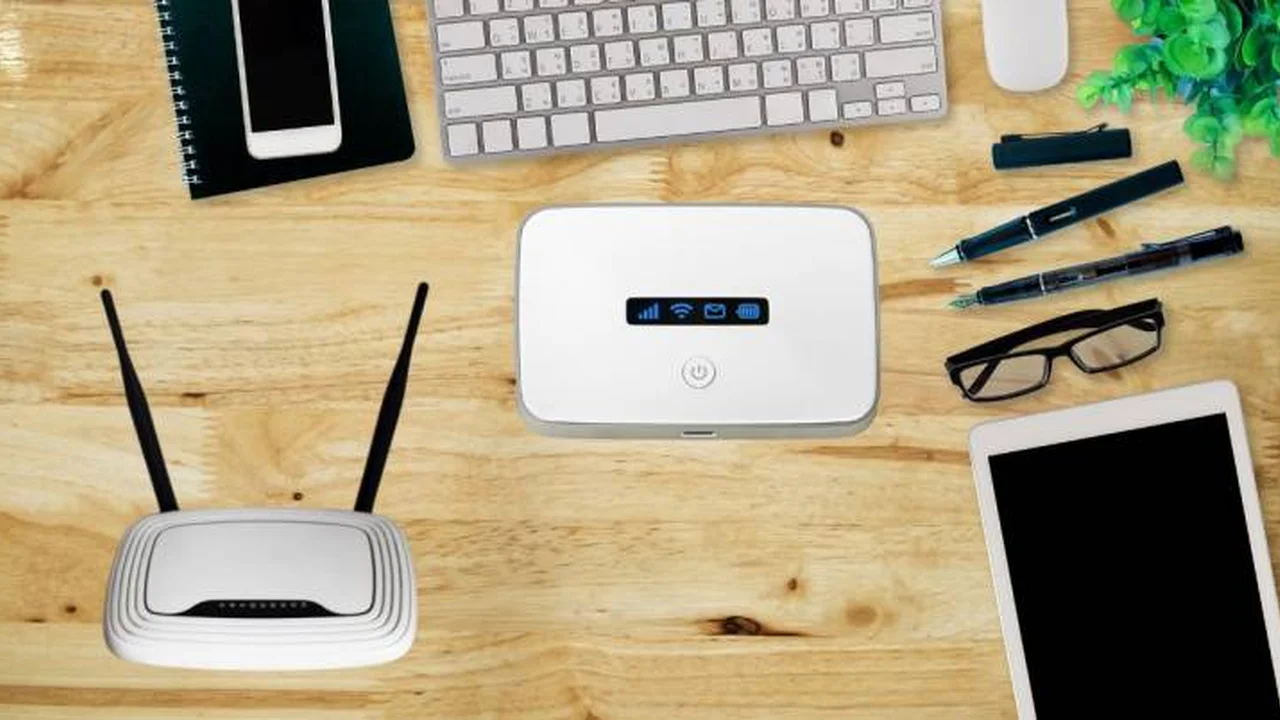Europe Travel: Finding Reliable WiFi as a US Tourist
Sample meta description.

Staying Connected in Europe WiFi Solutions for US Travelers
Okay, so you're heading to Europe! Exciting, right? But let's be real, one of the first things you're going to worry about is staying connected. As a US tourist, reliable WiFi isn't just a convenience; it's often a lifeline. You need it for maps, translations, booking tours, staying in touch with family, and, let’s face it, posting those Insta-worthy pics. Forget about expensive roaming charges from your US carrier. We’re going to explore how to find reliable WiFi in Europe, covering everything from free hotspots to portable WiFi devices, and even some surprisingly good SIM card options. Let's dive in!
Free WiFi Hotspots in Europe Pros and Cons
The siren song of free WiFi is hard to resist. Cafes, restaurants, libraries, even some public squares often offer free WiFi. It's tempting, but let's look at the good and the bad.
Pros:
- Free! Obviously, the biggest advantage.
- Widely Available: Especially in tourist areas, you'll find free WiFi hotspots everywhere.
Cons:
- Security Risks: Unsecured public WiFi is a hacker's playground. Never enter sensitive information (passwords, credit card details) on a public network without a VPN (more on that later).
- Slow Speeds: Free WiFi is often overloaded, especially during peak hours. Think glacial speeds when everyone else is trying to upload their travel vlogs.
- Unreliable Connection: The signal can be weak, intermittent, or require constant re-authentication. Frustrating when you're trying to navigate a new city.
- Limited Time: Some places limit your free WiFi usage.
Tips for Using Free WiFi Safely:
- Use a VPN: A Virtual Private Network encrypts your internet traffic, making it much harder for hackers to intercept your data. NordVPN, ExpressVPN, and Surfshark are popular choices.
- Look for HTTPS: Make sure the websites you visit have "https" in the address bar. The 's' indicates a secure connection.
- Avoid Sensitive Transactions: Don't do your online banking or make purchases on public WiFi. Wait until you have a secure connection.
- Turn off WiFi when not in use: This prevents your device from automatically connecting to unknown networks.
- Be wary of fake hotspots: Hackers sometimes create fake WiFi networks with names that sound legitimate (e.g., "Starbucks WiFi"). Confirm the network name with an employee before connecting.
Portable WiFi Hotspots Your Own Personal Bubble of Connectivity Europe Edition
Portable WiFi hotspots, also known as MiFis, are small devices that create a personal WiFi network using a SIM card. They're a great option if you need reliable internet access and don't want to rely on public WiFi.
Pros:
- Secure Connection: Your own private network.
- Reliable Speeds: Generally faster and more stable than free WiFi.
- Multiple Device Connectivity: Connect your phone, tablet, and laptop.
- Wide Coverage: Works wherever you have cellular signal.
Cons:
- Cost: You'll need to rent or buy the device and purchase a data plan.
- Battery Life: Needs to be charged regularly.
- Data Limits: Data plans often have limits, so be mindful of your usage.
Portable WiFi Hotspot Recommendations and Comparisons
Here are a few portable WiFi hotspot options to consider:
- GlocalMe G4 Pro: This device supports multiple SIM cards and virtual SIMs, allowing you to switch between networks for the best coverage and rates. It also has a built-in screen for easy data monitoring. Price: Around $150 - $200 (device), data plans vary. Use Case: Ideal for frequent travelers who visit multiple countries. Comparison: More expensive than some options but offers flexibility and a user-friendly interface.
- TP-Link M7350: A more affordable option that supports 4G LTE and can connect up to 10 devices. It has a simple setup and long battery life. Price: Around $80 - $120 (device), data plans vary. Use Case: Good for budget-conscious travelers who need reliable internet for basic tasks. Comparison: Less feature-rich than GlocalMe but offers excellent value for money.
- Skyroam Solis Lite: Offers both pay-as-you-go and subscription-based data plans. It also functions as a power bank, which is handy for charging your devices on the go. Price: Around $120 - $150 (device), data plans vary. Use Case: Suitable for travelers who want a flexible data plan and the convenience of a power bank. Comparison: Offers a unique combination of features but can be more expensive than some competitors, depending on the data plan.
European SIM Cards A Local Connection for Global Travelers
Another great option is to buy a local SIM card. This gives you a local phone number and access to local data rates, which can be significantly cheaper than using your US carrier's international roaming plan.
Pros:
- Affordable Data: Much cheaper than international roaming.
- Local Phone Number: Useful for making local calls and receiving calls from European numbers.
- Good Coverage: Access to local networks.
Cons:
- Unlocked Phone Required: Your phone must be unlocked to use a local SIM card.
- Changing SIM Cards: Inconvenient if you need to switch back to your US SIM card frequently.
- Language Barrier: May need help setting up the SIM card if you don't speak the local language.
European SIM Card Recommendations and Comparisons
Here are some popular European SIM card providers:
- Vodafone: Offers excellent coverage across Europe and a variety of data plans. Price: Varies depending on the data plan and country. Expect to pay around €20-€50 for a SIM card with a decent amount of data. Use Case: A good all-around choice for travelers who need reliable coverage and a range of data options. Comparison: Slightly more expensive than some budget options but offers superior network performance.
- Orange: Another major European carrier with wide coverage and competitive data plans. Their "Holiday Europe" plan is specifically designed for tourists. Price: The "Holiday Europe" plan typically costs around €30-€50 and includes a generous amount of data, calls, and texts. Use Case: Ideal for travelers who want a pre-packaged plan with everything they need. Comparison: A convenient option but may not be the cheapest if you only need a small amount of data.
- Three UK: Offers a "Feel At Home" plan that allows you to use your UK data allowance in many European countries without extra charges. Price: Varies depending on the plan. Check Three UK's website for current pricing. Use Case: A good choice if you're already a Three UK customer or planning to spend a significant amount of time in the UK. Comparison: A unique offering but requires a UK SIM card and plan.
Using a VPN for Secure Browsing in Europe Protecting Your Data on the Go
We touched on VPNs earlier, but let's delve deeper. A VPN (Virtual Private Network) encrypts your internet traffic and masks your IP address, making it much harder for hackers and snoopers to track your online activity. It's especially important when using public WiFi.
Why You Need a VPN:
- Security: Protects your data from hackers on public WiFi.
- Privacy: Masks your IP address and prevents websites from tracking your location.
- Access Geo-Restricted Content: Allows you to access websites and streaming services that are blocked in certain countries.
VPN Recommendations and Comparisons
- NordVPN: A popular VPN with a large server network and strong security features. It's easy to use and offers excellent speeds. Price: Varies depending on the subscription length. Expect to pay around $5- $12 per month. Use Case: A good all-around choice for travelers who need reliable security and fast speeds. Comparison: One of the most popular VPNs but can be slightly more expensive than some alternatives.
- ExpressVPN: Another top-rated VPN with excellent speeds and a user-friendly interface. It's known for its strong privacy policy and 24/7 customer support. Price: Varies depending on the subscription length. Expect to pay around $8-$13 per month. Use Case: Ideal for travelers who prioritize speed and ease of use. Comparison: One of the fastest VPNs but also one of the more expensive options.
- Surfshark: A budget-friendly VPN that offers unlimited device connections. It has a clean interface and a range of features, including ad blocking and malware protection. Price: Varies depending on the subscription length. Expect to pay around $2 - $6 per month. Use Case: A great choice for travelers who need to connect multiple devices and want a budget-friendly option. Comparison: Offers excellent value for money but may not be as fast as NordVPN or ExpressVPN.
Staying Connected on a Budget Tips for Thrifty Travelers
Traveling to Europe doesn't have to break the bank, and neither does staying connected. Here are some tips for finding affordable WiFi options:
- Look for free WiFi at libraries and tourist information centers: These places often offer free WiFi and are a good resource for travel information.
- Take advantage of free WiFi during happy hour at bars and restaurants: Many establishments offer free WiFi to attract customers.
- Consider a travel SIM card with a limited data plan: If you only need internet for basic tasks, a smaller data plan can save you money.
- Download maps and translation apps for offline use: This will reduce your reliance on internet connectivity. Google Maps allows you to download areas for offline navigation.
- Use WiFi finders to locate free hotspots: Apps like WiFi Map can help you find free WiFi hotspots in your area.
Conclusion Alternatives: Wrapping Up Your European Connectivity Strategy
So, there you have it! A comprehensive guide to finding reliable WiFi in Europe as a US tourist. Whether you choose to rely on free hotspots, invest in a portable WiFi device, or grab a local SIM card, remember to prioritize security and be mindful of your data usage. Safe travels, and happy surfing!
:max_bytes(150000):strip_icc()/277019-baked-pork-chops-with-cream-of-mushroom-soup-DDMFS-beauty-4x3-BG-7505-5762b731cf30447d9cbbbbbf387beafa.jpg)






